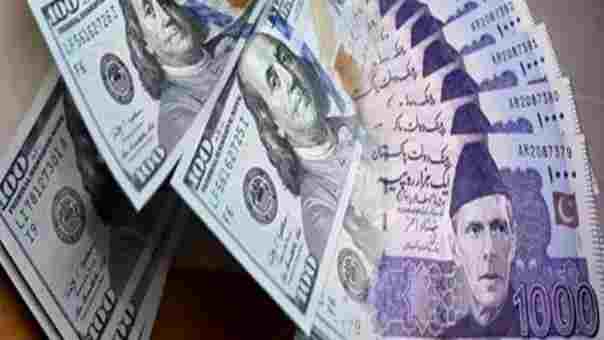KARACHI – The foreign currency exchange rates in Pakistan witnessed modest fluctuations on Wednesday, July 16, 2025, as the local market opened trading amid cautious sentiment driven by global economic cues and regional volatility.
The exchange rates are based on the open market transactions at the start of the trading day, reflecting ongoing demand and supply conditions for each foreign currency. As Pakistan continues to rely heavily on foreign trade and remittances, any movement in foreign currency rates directly affects inflation, import costs, and investor confidence.
The US Dollar (USD) remained steady, trading at Rs287.5 for buying and Rs288 for selling. The greenback’s resilience reflects its status as the most widely traded foreign currency globally, continuing to influence regional markets, including Pakistan’s.
Among the Gulf currencies, the UAE Dirham (AED) traded at Rs78.3 for buying and Rs79.2 for selling, while the Saudi Riyal (SAR) remained strong at Rs76.6 buying and Rs77.4 selling. Both currencies are vital to Pakistan’s foreign currency reserves due to the high volume of remittances sent by overseas workers from the Middle East.
The Euro (EUR), another prominent foreign currency, was quoted at Rs336 for buying and Rs339.5 for selling. The UK Pound Sterling (GBP) showed further strength, trading between Rs387 and Rs392. These movements highlight the impact of foreign currency fluctuations on trade with European markets.
In the Asia-Pacific region, the Australian Dollar (AUD) stood at Rs187 buying and Rs192 selling, while the Chinese Yuan (CNY) was at Rs39.19 and Rs39.59 respectively. The Japanese Yen (JPY) posted rates of Rs1.93 for buying and Rs2.03 for selling, reflecting marginal changes.
Other notable rates included the Canadian Dollar (CAD) at Rs210/215, the Swiss Franc (CHF) at Rs353.73/356.48, and the Singapore Dollar (SGD) at Rs221.75/226.75. These foreign currencies are essential benchmarks for financial institutions, businesses, and foreign investors operating in Pakistan.
The current foreign currency exchange landscape underscores the growing importance of maintaining foreign reserves and stable monetary policies. With Pakistan’s economy intertwined with international markets, tracking foreign currency exchange rates has become critical for importers, exporters, and everyday citizens alike.
